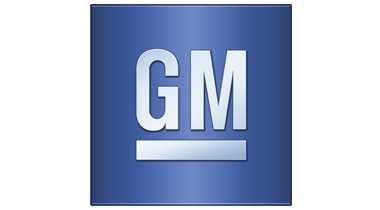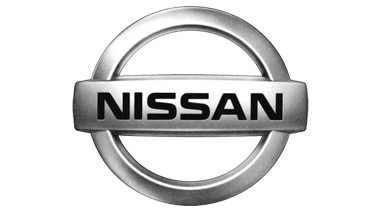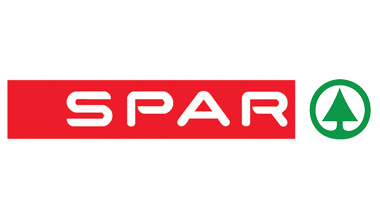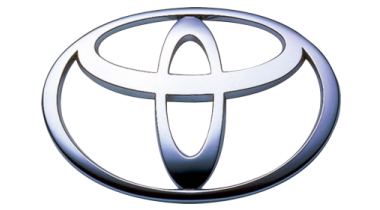Ezi Systems have a wide range of ergonomic & lifting solutions guaranteed to suite your every need. We offer solutions from drum handling to pallet stacking and pallet handling to unit handling and vacu-lift systems.
What is Ergonomics?
Ergonomics is the science and practice of designing jobs or workplaces to match the capabilities and limitations of the human body. In a production environment, the goal of ergonomics is to maximize worker efficiency while minimizing the negative impact on the worker. More than 4 out of 10 injuries and illnesses resulting in time away from work were a result of sprains or strains, most often involving the back.
ERGONOMIC PRINCIPLES FOR MANUAL HANDLING TASKS
1) MINIMIZE SIGNIFICANT BODY MOTIONS
1.1) Reduce Bending Motions.
- Using lift tables, work dispensers and similar mechanical aids.
- Raising the work level to an appropriate height.
- Raising or Lowering the worker.
- Providing all material at work level.
- Keeping materials at work level (e.g ., don’t lower anything to the floor that must be lifted later).
1.2) Reduce Twisting Motions.
- Providing all materials and tools in front of the worker.
- Using conveyors, chutes, slides, lifts or turntables to change direction of material flow.
- Providing adjustable swivel chairs for seated workers.
- Providing sufficient workspace for the whole body to turn.
- Improving the layout of the work area.
1.3) Reduce Reaching Out Motions.
- Providing tools and machine controls close to the worker, to eliminate horizontal reaches over 16 inches.
- Placing materials, workplaces and other heavy objects as close to the worker as possible.
- Reducing the size of cartons or pallets being loaded, or allowing the worker to walk around them; rotate. raise or lower them.
- Reducing the size of the object being handled.
- Allowing the object to be kept close to the body (i.e. Scissor Lifts).
2) REDUCE OBJECT WEIGHTS/FORCES
2.1) Reduce Lifting and Lowering Forces.
Eliminate the need to lift or lower manually by:
- Using lift tables, lift trucks, cranes, hoists, balancers, industrial manipulators, drum and barrel dumpers, elevating conveyors, and similar mechanical aids.
- Raising the work level. L owering the operator . Using gravity dumps and chutes.
- Reduce the weight of the object by:
- Reducing the size of the object (specify size to suppliers).
- Reducing the capacity of the containers. Reducing the weight of the container itself .
- Reducing the load in the containers (administrative control).
- Reducing the number of objects lifted or lowered at one time (administrative controls).
- Increase the weight of the object so that it must be handled mechanically:
- Use the unit load concept (such as bins or containers, preferably with fold down sides rather than smaller totes and boxes).
- Use palletized loads.
- Reduce the hand distance by:
- Changing the shape of the object.
- Providing the grips or handles
- Providing better access to object (i.e. scissor lifts, turntables or tilters).
- Improving layout of work area.
2.2) Reduce Pushing and Pulling Forces
Eliminate the need to push or pull by:
- Using powered conveyors.
- Using powered trucks.
- Using powered scissor lifts or turntables.
- Reduce the required force by:
- Reducing the weight of the load.
- Using non-powered conveyors, air bearings, ball caster tables, monorails, and similar aids.
- Providing good maintenance of floor surfaces, hand trucks, etc.
- Treating surfaces to reduce friction.
- Using powered scissor lifts.
- Reduce the distance of push or pull by:
- Improving layout of work area.
- Relocating production or storage area.
2.3) Reduce carrying forces
Eliminate the need to carry by converting to pushing or pulling .
- Use conveyors, air bearings, ball caster tables, monorails, slides, chutes and similar aids.
- Use lift trucks, two wheel hand trucks, four wheel hand trucks, dollies and similar aids.
- Reduce the weight of the object by:
- Reducing the size of the object (specify size to suppliers).
- Reducing the capacity of containers.
- Reducing the weight of the container itself .
- Reducing the load in the container (administrative control).
- Reducing the number of objects lifted or lowered at one time (administrative control).
- Reduce the distance by:
- Improving the layout of the work area.
- Relocating production or storage areas


















